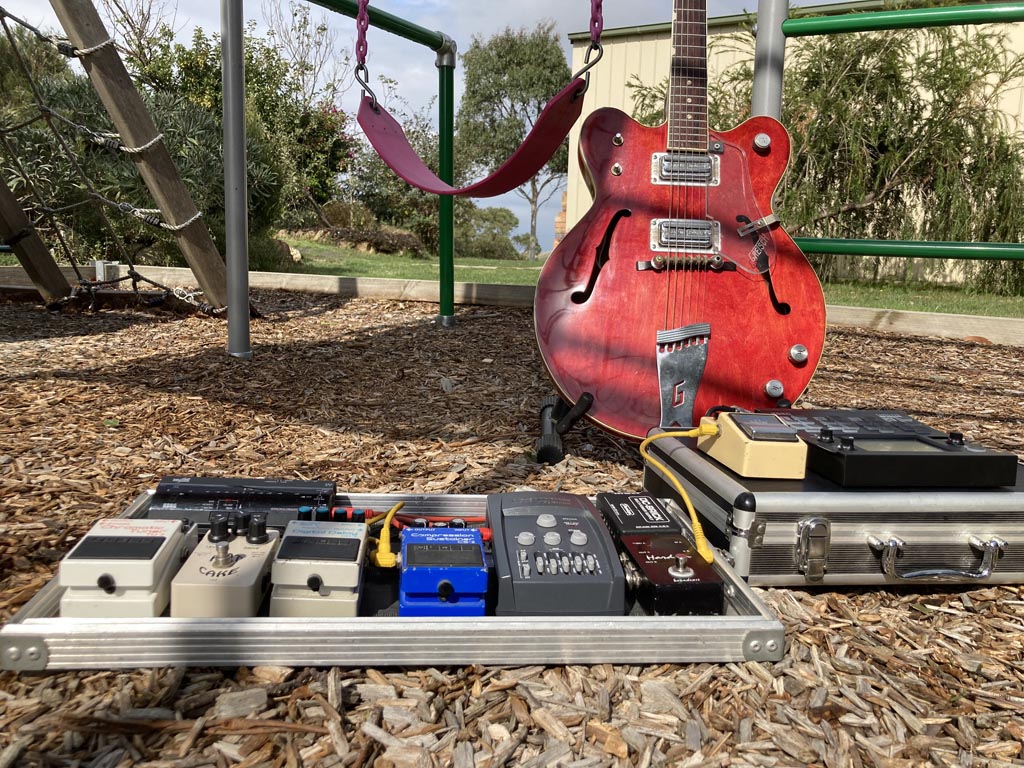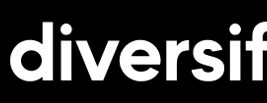LISTEN HERE
20 Apr 2023
BACK TO THE SANDPIT

Subscribe to CX E-News
One of the most important components of any good music production is the desire for exploration and experimentation. But far too often we don’t do it. We shirk it, chicken out, look for conventional solutions or fall back on past practices. We stay on the road, fearful that heading off track will endanger our work.
But what are we afraid of? Monsters?
It’s time we got off the road, abandoned the map, and headed out into the great wide open. Why? Because unlike our musical palettes and technical lexicons, which are limited to the things we know and the instruments and equipment around us, the great wide open is limitless.
If you head out there, and experiment again like you did when you were a child, without ego or expectation, you will discover sounds you never knew existed… because up until that moment, they didn’t!
Developing a sound in this way, without a plan, without ego, without expectation, is incredibly satisfying as a musician or producer. One minute you’re scratching around for something new that might serve a song you’re working on, the next minute you’ve captured something unique to the production that’s not been derived from the power of your intellect or experience. It’s new; to you, to the song, to the world. To anyone on any given day, be they famous or fiercely independent, that is a win.
The key to working in this way is to be fearless and enthralled by sound for its own sake.
Are you still excited by sound: fascinated by how things work, amazed by a new waveform that captures your imagination, or brought to tears by a chord progression or vocal performance? Do you still lose all track of time when you’re producing or mixing? If so, read on!
This article is for those of you still brave enough to experiment with sound, but who perhaps don’t head into the sonic unknown wide-eyed and eager for discovery quite as often as you used to. We often struggle with this as we get older. Our egos trying to convince us we know more than enough about sound already, and that it’s dangerous to experiment because it makes us look like we know less.
But tell your ego this: the process of exploring a new sonic landscape is not about knowing.
On the contrary, it’s about heading into the unknown and stumbling across a new sound; a texture, a melody, a noise, a shape, like Darwin discovering a new species.
Shaking Yourself Up
The problem with a philosophy like this, however, is that it’s easier said than done. Even if you consider yourself an audio explorer, chances are you often find yourself stuck in your processes as if fixed to the ground with concrete boots. It’s an unfortunate side-effect of learning any craft, developing techniques, or building a library of experiences: the more you develop your skills in a field of expertise the more they come to define you. Then later, rather than aiding you in your desire to expand your horizons further, they start to limit your vision of what’s possible.
But there are several ways to combat this sonic atrophy from creeping into your life, some of which are simpler than falling off a log.
As with any disease, the first step is to recognise and acknowledge that you have a problem. How you go about that is up to you, but signs of sonic atrophy are usually embedded in your work. When you start to repeat yourself, become overly familiar with your own techniques, bored by your process and/or equipment, or known for your ‘sound,’ these are often signs that the rot is setting in.
If any of that sounds like you, we may have caught it early… but now is the time to act!
Playpen No.1
Start by setting yourself up with a bunch of instruments, some that might be familiar to you, and others that aren’t. Put them through a recording chain that includes some unfamiliar guitar pedals, a couple of amps, a mic or two… a mixed bag of things basically. The key here is to build yourself an unpredictable, versatile rig that you can leave set up for days or weeks, not hours, allowing you time to experiment with it any time of the day or night.
Particularly if the prospect of setting up a physical rig in the corner feels too daunting, it’s important to set the system up in downtime, when you’re not feeling like the whole thing is an indulgence or a gamble.
What’s crucial is that you can get to playing with this stuff in 10 seconds flat, like a child in a sandpit. You’re trying to remove the engineer in you from this scenario, the organiser from your personality, the artist, your own powerful ego, from this creative playtime. You’re just picking up a shovel (metaphorically speaking) and piling sand into a bucket… for fun.
The setup must be able to turn on and be recorded in basically no time at all. So even if the setup takes a while in the beginning, on the days when you use it, you should be approaching the rig as a child might. You want to create sound, avoiding wherever possible the need for the ‘adult’ in the room to step in. It’s all about discovering sound and recording it. Nothing else.
Playpen No.2
The world inside your computer is vast. Use it that way.
So many people I know have complex rigs, software coming out their ears, and enough plug-ins and virtual instruments to entertain them for the next 10,000 years, and yet nearly none of it gets used, let alone experimented with. Who has the time?!
Like Playpen No.1, a virtual setup needs to be built almost like a physical standalone rig, rather than added to a DAW production on- the-fly. That way, later if you need to, you can simply import that setup, lock, stock and barrel, into your production via the DAW’s import procedure.
Setting the virtual rig up as an independent file does the same thing a physical playpen. It allows you to dive into sounds immediately, with no setup time or adult supervision requirements. You can turn on the computer, call up the session file and there it all is, ready to go immediately.
Particularly for sessions where a new production might still be a blank canvas, a setup like this in the form of, say a Pro Tools file marked ‘Playpen 1,’ immediately gets you experimenting with sound.
When you set a few of these up, you can quickly find that sounds flow quickly and effortlessly on the days when you need them fast, rather than being back at scratch every day, spending two hours bumbling around in your vast collection of plug-ins and soft-synths looking for inspiration. Or worse, not bothering because it’s all too arduous.
Make it easy for yourself and sounds will pour out.
Playpen No.3
This experiment is all about sounds you, or someone else, has already recorded.
There are several ways to attack this idea: you can work with an existing song, import random unrelated audio tracks from different songs, or make a session file out of samples, loops and pads etc that weren’t created by you.
The trick now is to mash them up in different ways without the clock running. Consider this homework or research if you like, or if you don’t like that idea, imagine it as a holiday in Fiji.
Playing with sounds outside of conventional work hours, when there’s no direct pressure on ‘achieving a predictable outcome’ is vitally important to this experiment because you’re trying to rekindle the process of playing with sound for the hell of it, rather than for a specific purpose.
The two concepts are worlds apart: one is trying to reach a particular destination, the other couldn’t care less where you’re headed!
So now, open a file you know, or create a new session out of say 24 random sounds; long and short, smooth and percussive etc, and quickly turn all the files backwards. This quickly gets you listening to a whole new world of instruments in the blink of an eye. Next, you could put a roving narrow band filter across one of the more conventionally ‘straight’ sounds to see what emerges. Put an EQ across the channel, automate the band, and then just draw some random lines on the automation pass. You could play with a delay’s feedback control and place it on all the instruments in your file. Solo each one with the feedback cranked way up and what do you get? Now get some phasers and flangers going, and an auto-panner for good measure, and add them to the sounds. Now where are they at? What does channel 16 sound like with all those things added? What does 24 make of the same inserts?
The trick here is to see how far down a rabbit hole you can go in quick time, and to indulge in the randomness of the pursuit. If you find this hard to do ‘off the clock,’ you sure as hell won’t experiment like this during a session. Now is the time to reacquaint yourself with the world of the random!
If there’s one characteristic common to literally thousands of celebrated songs around the world in the last 70 years, it’s the chance discovery of a hook sound borne of experimentation. This might have involved an instrument, a device, a piece of audio gear used unconventionally, or a happy accident. You owe it to every song you’re involved with to encourage this to happen.
Andy Stewart owns and operates The Mill in Victoria. He’s always trying to get studio professionals to think outside the box, beyond their comfort zone. Are you up for the challenge?
Subscribe
Published monthly since 1991, our famous AV industry magazine is free for download or pay for print. Subscribers also receive CX News, our free weekly email with the latest industry news and jobs.






